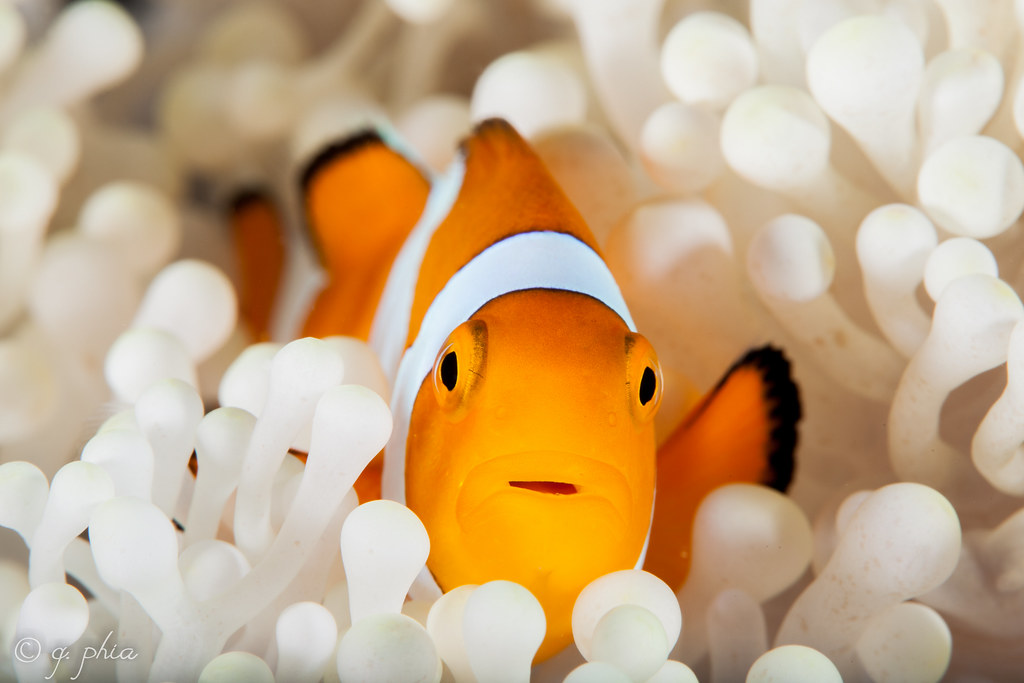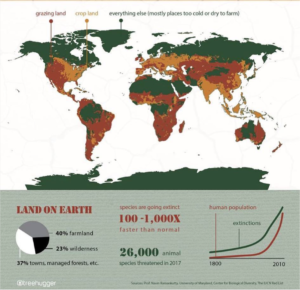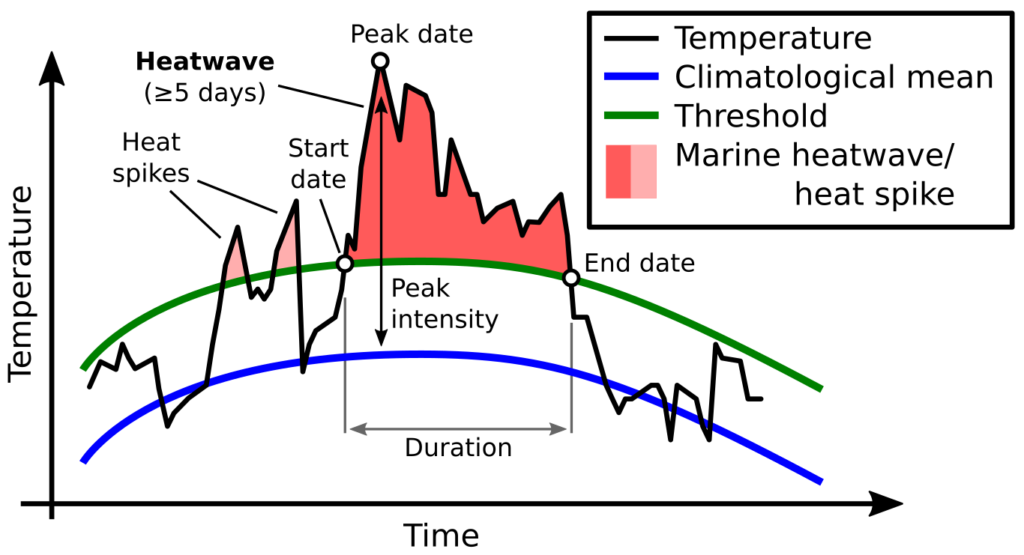Rising ocean temperatures are causing significant changes with devastating impact on the ecosystem. Worldwide, the warmer and more acidic ocean conditions in the tropics have caused mass bleaching of anemones and corals[1]. A new study published in the Proceedings of the Royal Society B supports findings from another recent study in the journal, Nature, that the bleaching of anemones has a severe impact on anemonefish, like clownfish and dire consequences for marine life in general.[2]

Clownfish in anemone. Used under Creative Commons from : https://pxhere.com/en/photo/559857
Findings
The latest study looked at the metabolic rates between fish from bleached and unbleached anemones. Even though there was no discernible difference in activity between the two groups of fish, the study found that the “[s]tandard metabolic rate of anemonefish from bleached anemones was significantly higher by 8.2% compared with that of fish residing in unbleached anemones, possibly due to increased stress levels.”[3] Reduced spawning frequency and lower fecundity are two of the negative impacts that were previously observed.
The study published in Nature in 2017 focused on the hormonal stress response and reproduction of anemonefish in bleached anemones. The 14-month monitoring study found a strong correlation between the anemone bleaching and the anemonefish’s stress response and reproductive hormones. Anemonefish in bleached anemones had a 73% decrease in fecundity compared to anemonefish in unbleached anemones. They spawned half as frequently, laid 64% fewer eggs, and experienced a significantly higher egg mortality in incubation. The authors were unable to determine why the bleaching of anemones would trigger a stress response in anemonefish. They offer the possibility that bleached anemones may provide less cover and have reduced neurotoxicity of venom which leads anemonefish to perceive a greater risk of predation. [4]
According to Beldade, Agathe, O’Donnell, & Mills (2017), there are “…[a]t least 50 species of fishes and facultative symbionts of sea anemones worldwide…as many as 12% (56/464) of coastal fish species depend directly, either for food or shelter, on organisms capable of bleaching. While the strength of such dependency varies greatly, if these species suffer even a fraction of the impact found for anemonefish, then a short-lived bleaching event could decrease the reproductive output of at least 12% of species, especially those highly dependent on corals or anemones.”
Takeaway
The two studies contribute to a growing library of research on the effects of global warming on marine life and highlights the importance of understanding how individual differences in stress responses influence a species’ chances of survival.
Why does Wilderness Markets care about anemones and anemonefish? Because our work requires us to look not only at enterprises and fishery management, but at the entire ecosystem to properly account for business risks. Learn more about us.

Photo Credit: “q phia”; anemone fish on bleached anemone, fukui, siladen, 2017
[1] Norin, T, Mills, S. C., Crespel, A., Cortese, D., Killen, S. S., & Beldade, R. (2018). Anemone bleaching increases the metabolic demands of symbiont anemonefish [Abstract]. Proceedings of The Royal Society B. doi: 10.1098/rspb.2018.0282
[2] News Deeply. (2018). Executive Summary for April 13th. Oceans Deeply (Bleaching of Anemones Makes Life Harder for Clown Fish). Retrieved from https://www.newsdeeply.com/oceans/executive-summaries/2018/04/13.
[3] Norin, et al.
[4] Beldade, R., Blandin, A., O’Donnell, R., & Mills, S. C. (2017). Cascading effects of thermally-induced anemone bleaching on associated anemonefish hormonal stress response and reproduction. Nature Communications, 8. doi: 10.1038/s41467-017-00565-w






